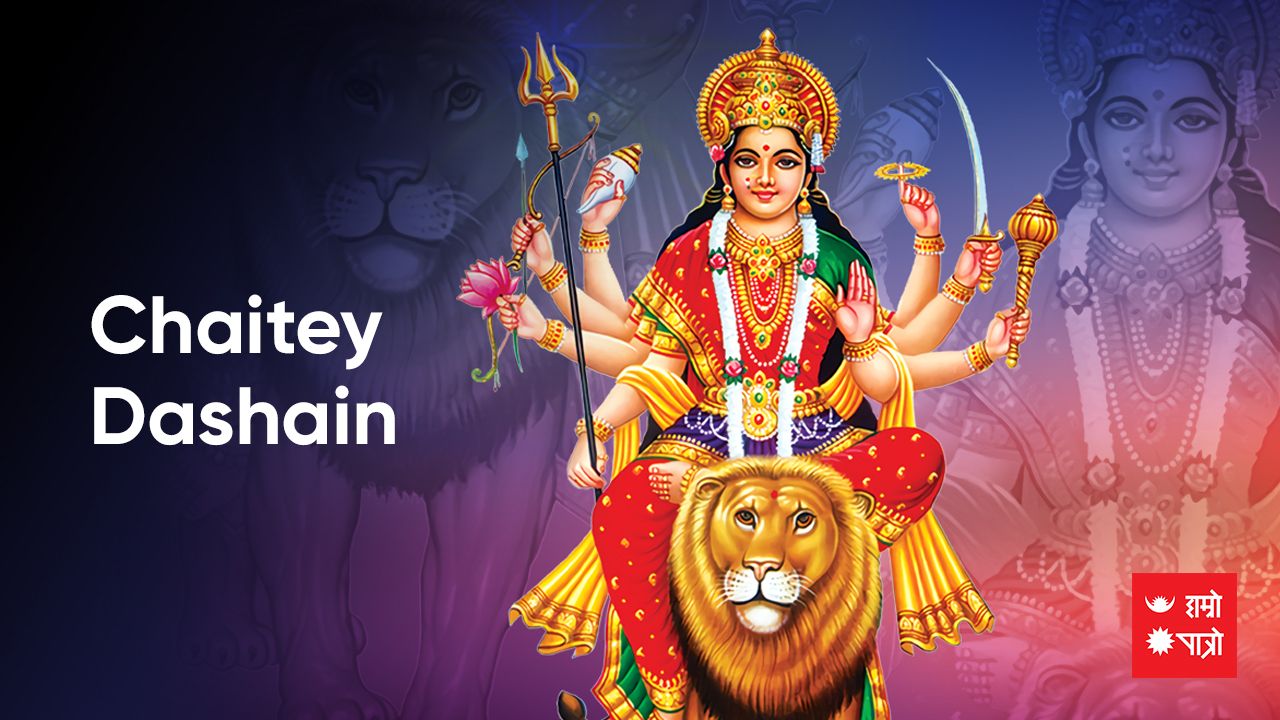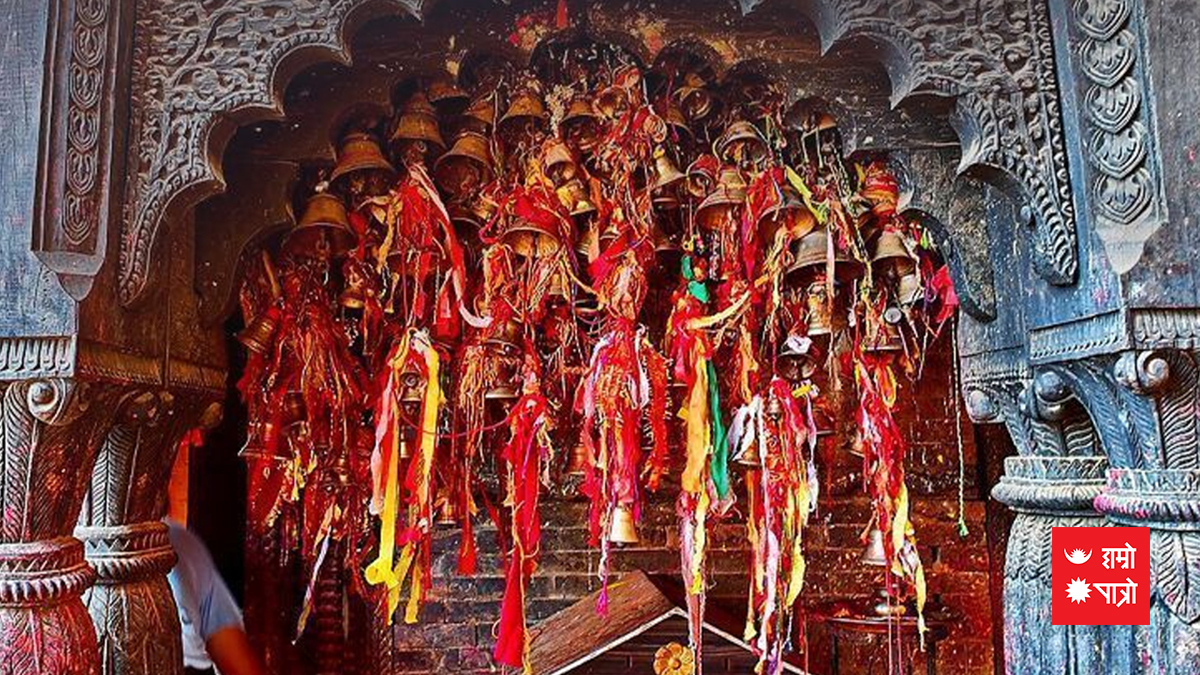
On the one hand, this year's farewell is on the edge as Chaitey Dashain knocks, and on the other hand, the New Year's roar is hitting the bell. Dashain, the great festival of Nepali people and a festival carrying cultural significance famous as Navratri.
Reflection of Main Dashain
This Chaitey Dashain is a reflection of the main Dashain that occurs during Asoj, Kartik of Bikram Sambat calendar. According to the myths, in the past, the main Dashain used to fall in Chait but due to the dry seasons and frequently occurring droughts later Dashain was shifted to Asoj Kartik (Middle of the year).
Whatever it is, the roan of Chaitey Dashain is not an inch less than the main Dashain. Asian nations like India, Bangladesh and Myanmar observe this Dashain as Chaitra Navaratri.
Eighth Day (Asthami Tithi)
Dashain falls in Dashami tithi (tenth day) but here in Nepal we commemorate Chaitey Dashain on Asthami (Eight Day) because this eight-day is a day of scarifying our wills, desires and also offering animals to Goddesses Bhawani. Dakshinkali, Shovavagwati, Maitidevi, RaktaKali, Sankata, Guheswori of Kathmandu valley are filled with devotees on this day. Nepal army also commemorates this day in their own way.
From ancient times, the process of offering sacrifices has been going on in Kathmandu Valley. Outside the valley, at Bhagwati temples and Shakti Peethas, the devotees observe prayers and congregations. In some Bhagwati temples, there is a grand fair. Lord Rama returned back from his 14 years of exile, on this day. This day is the purest depiction of the truth against the false, light against darkness and humanity against inhumane attributes.
Falsehood and inequality may decrease, truth and righteousness must always prevail. The importance of truth lies more than falsehood. Hail the lord!!!!
Gorakhkali Puja
Baba Gorakh and Gorakhkali vagwati are very important in Nepali history. The meeting between Prithvi Narayan Shah and Baba Gorakh, the vomit that fell on the feet of Prithvi Narayan Shah and the auspiciousness given by Baba Gorakh to Prithvi Narayan Shah that there will be victory wherever he bows is the reason for the energy and strength of Nepal's unification.
The glory of Gorakhnath Baba, a unique devotee of Baba Machindranath, is special in the Sanatan community of Nepal, India and all over the world.
Gorkha, the district of origin of Shah dynasty kings adjacent to the name of Baba Gorakh, and Gorakhkali temple have special importance in the former royal family of Nepal. It should be remembered that in the history of Baba Gorakh, the Gorakh palace and dynasty as well as the Gorakh temple in Pashupati's mrigasthali forest and Baba's 15-year meditation there are also connected.
The Gorkha temple of Mrigasthali is in a state of neglect due to lack of protection and management.
In the Gorkha Darbar area is the shrine of Gorakhkali Devi. This Peetha is considered as the Kool Devi of the Shah Dynasty. It is customary to worship Gorkhali on Paush Krishna Ashtami. Today, a special puja is performed at the Gorakhkali temple in Gorkha.
It has been a tradition for hundreds of years to bring Jamara to Kathmandu on Phulpati day in this Gorakhkali temple. In the post-republic years, such customs have not been given much attention, although the importance of Baba Gorakh and Gorakhkali Devi in the protection of Nepalese land has been incomparable.
Nepali people need more blessings of Baba Gorakh and Gorakhkali Devi to protect cows.
Gorakh Sandesh (Message)
Gorakh message
Guru Gorakhnath says - "The journey of the temples and shrines is Suno Yatra" meaning the pilgrimage of the temples etc. are spiritually meaningless, equal to zero, soulless – unless we are able to spread love to every being in this cosmos.
देवल जात्रा सुंनि जात्रा, तीरथ जात्रा पाणीं ।
अतीत जात्रा सुफल जात्रा, बोलै अमृत वाणी
Yes, the role of temples is very important in terms of religion and culture, but if there is a pilgrimage but there is no faith, there is no emotion and there is no devotion, then what is the use of just doing a "deval pilgrimage"? Do not worship people who worship idols! Run to temple but can't make the house a temple! Worshiping the deity of the temple but unable to awaken divinity in himself! Offering fruit, offerings, etc. to the deity made of stone in a small area and complex, but not accepting that the divinity resides in every human, animal and bird! And unable to serve! Seeing such religious pretentiousness, Guru Gorakhnath made a sharp satire in Khadi language (Prakrit language, folk language, rural language). Glory be to Baba Gorakhnath and Gorakhkali Bhagwati forever.
Infinite love of Gorakhkali Puja.
Liked by: